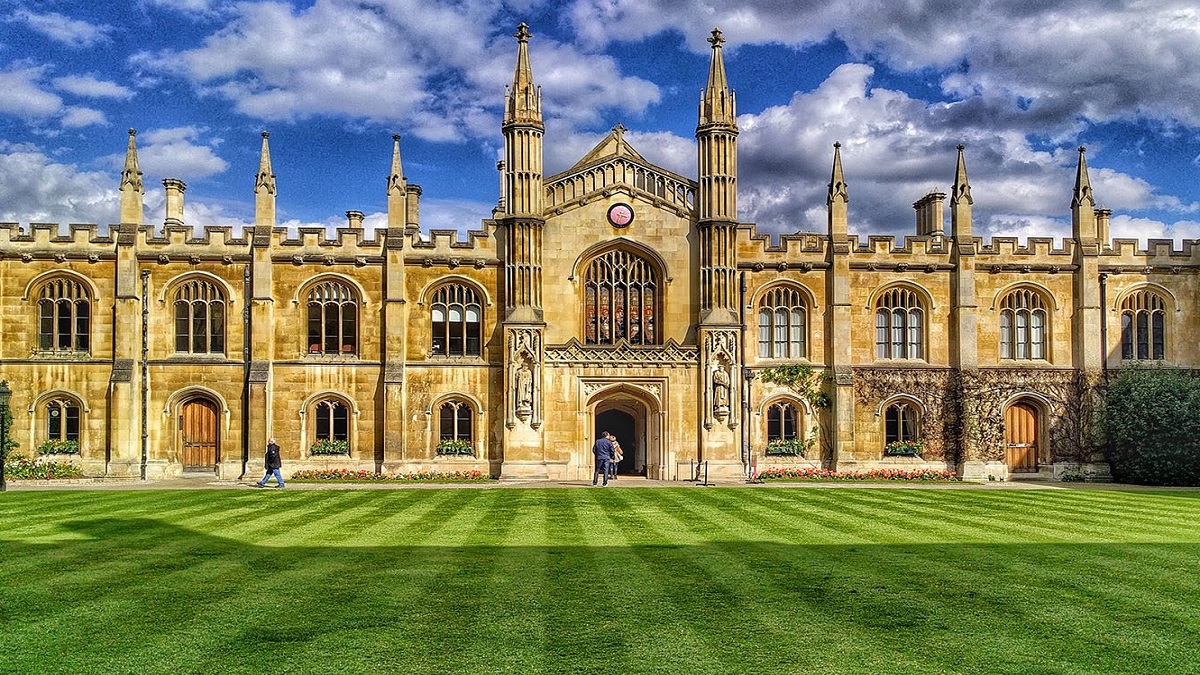- Courses
- GS Full Course 1 Year
- GS Full Course 2 Year
- GS Full Course 3 Year
- GS Full Course Till Selection
- Answer Alpha: Mains 2025 Mentorship
- MEP (Mains Enrichment Programme) Data, Facts
- Essay Target – 150+ Marks
- Online Program
- GS Recorded Course
- Polity
- Geography
- Economy
- Ancient, Medieval and Art & Culture AMAC
- Modern India, Post Independence & World History
- Environment
- Governance
- Science & Technology
- International Relations and Internal Security
- Disaster Management
- Ethics
- NCERT Current Affairs
- Indian Society and Social Issue
- NCERT- Science and Technology
- NCERT - Geography
- NCERT - Ancient History
- NCERT- World History
- NCERT Modern History
- CSAT
- 5 LAYERED ARJUNA Mentorship
- Public Administration Optional
- ABOUT US
- OUR TOPPERS
- TEST SERIES
- FREE STUDY MATERIAL
- VIDEOS
- CONTACT US
NEWLY DISCOVERED SEA SLUG: MELANOCHLAMYS DROUPADI
NEWLY DISCOVERED SEA SLUG: MELANOCHLAMYS DROUPADI
01-03-2024
Zoological Survey of India (ZSI) discovered a new species of head-shield sea slug along the Odisha and West Bengal coastlines, which has been named Melanochlamys Droupadi in honor of the President of India, Droupadi Murmu.
- Features: It is a small invertebrate, measuring up to 7 mm long, with a clear brownish-black color and a ruby red spot on the posterior end.
- Invertebrate is any animal that lacks a vertebral column, or backbone, in contrast to the cartilaginous or bony vertebrates.
- More than 90 percent of all living animal species are invertebrates.
- Worldwide in distribution, they include animals as diverse as sea stars, sea urchins, earthworms, sponges, jellyfish, lobsters, crabs, insects, spiders, snails, clams, and squid.
- Habitat: Prefers wet, soft sandy beaches.
- Unique Characteristics: Bisexual nature, having both male and female reproductive organs; Secretes transparent mucus to prevent sand particles from entering its parapodial space; And moves forward leaving a mark like that of a turtle under the sand.
- Significance: Represents a new addition to the Melanochlamys genus, showcasing the rich biodiversity of India's coastal regions.
Insight into Sea Slugs:
- Definition: Sea slugs are slug-like marine mollusks that live in diverse marine habitats ranging from polar regions to the tropics to the intertidal zone to the deep sea.
- Feeding Behavior: Primarily fast predators, they prey on creatures such as sea slugs, marine worms, roundworms and small fish.
- Global Distribution: Currently, 18 sea slug species have been identified worldwide, primarily distributed in the temperate regions of the Indo-Pacific Oceanic region, with a few tropically distributed species like Melanochlamys papillata and Melanochlamys bengalensis.



